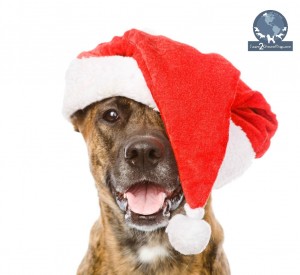What Do You Do When You Have to Groom an Unfamiliar Breed?
 A client calls stating they own a breed that you have never groomed before. You’ve seen it at dog shows but have never had an opportunity to groom one. Or maybe you’ve never even heard of or seen the breed before.
A client calls stating they own a breed that you have never groomed before. You’ve seen it at dog shows but have never had an opportunity to groom one. Or maybe you’ve never even heard of or seen the breed before.
The conversation goes something like this:
“I have a Bedlington*. Do you know how to groom them correctly?”
“Why yes, Mrs. Jones,” you say with confidence. “We certainly can make your Bedlington look like a Bedlington!”
You book the appointment for the following day, but once you get off the phone, panic sets in. You’ve never seen this type of dog cross your grooming table. You don’t have a clue as to how to actually groom it correctly. What do you do?
The first thing I would tell you is – don’t panic!
Here are three core strengths you need to have in order to groom any dog breed.
- Strong technical skills – If your clipping, guard comb work, scissoring, blending, and basic hand stripping skills are good, you should be able handle this without much of a problem.
- A solid understanding of canine anatomy – If you understand that bones and muscles create a sound dog, it becomes even easier.
- Know how to translate a breed standard – If you can interpret the written breed standard into a visual – you are golden.
So what’s next? How are you going to be confident when that client walks in the door tomorrow?
 Your next step is to look up the breed in reference books. If you have an American Kennel Club (AKC) Complete Dog Book (or a similar book from your country), start there. This will give you the official breed standard. Review the breed profile. Read about the history of the dog to gather clues about the dog. After a quick scan, you will have a good idea of the size, temperament, structure, and coat type of this new dog. Most will also have photos that accompany each breed. If you don’t have an official breed standard book handy, you can always look it up online.
Your next step is to look up the breed in reference books. If you have an American Kennel Club (AKC) Complete Dog Book (or a similar book from your country), start there. This will give you the official breed standard. Review the breed profile. Read about the history of the dog to gather clues about the dog. After a quick scan, you will have a good idea of the size, temperament, structure, and coat type of this new dog. Most will also have photos that accompany each breed. If you don’t have an official breed standard book handy, you can always look it up online.
Once you have become familiar with the breed itself, take a look at your grooming books. Review the instructions. Compare the instructions to what you have read in the breed standard.
The Internet is an invaluable research tool. Use it wisely. Most breeds will have a parent club that hosts an official site for the breed. Spend a few minutes reviewing images of top winning dogs in their galleries. With a little luck, you may even find grooming directions or links to grooming directions from dedicated breeders.
As groomers and stylists, we are a visual bunch. As the saying goes, a picture is worth a thousand words. This is so true for us. I love to do Google image searches of breeds I’m not familiar with. Here’s a key to finding good images. When you enter the words in the search bar, add words like this: AKC Champion Bedlington Terrier or UKC Champion Fresian Water Dog. There is a big difference if you type into your search engine, “images of Miniature Schnauzers” verses “images of AKC Champion Miniature Schnauzers.” You will pull up a WIDE assortment of images. Some will be great. Others not so great. Some will be worthless. And others will be totally off the mark. You need to have enough knowledge to filter through the images, finding the best images to suit your needs.
Use a little caution when looking up information online. Always remember – not everything posted on the internet is correct or presents the best image of a breed. Make sure you use all your resources to gather the most accurate information possible.
Watching videos on the breed in question is also a great option. Again, a word of caution – not every ‘how to video’ on the internet will be beneficial. Today, anyone can post a video online. Unfortunately, there is a lot of poor quality grooming being featured – especially if it is free. Go to trusted sources that are truly qualified to demonstrate how to groom a particular breed.
Yes, you need to do a little research. Will it require a little effort? Yep.
As pet groomers and stylists, we get to see plenty of dogs. It’s rare and exciting to get a breed you are not familiar with. Most of us pros enjoy the challenge of learning about a new breed. Figuring out what we will need to do to make the dog look like it should – or could – look like if the owners allow you to groom it correctly.
I know, I know… Many owners just want the hair shaved off their dogs once they walk through your door. If the dog is in poor condition, the only humane option is to shave the coat off and start over. That’s always a disappointment once you’ve put in effort to educate yourself. But hopefully, the new client spurred you to learn few new things you can add to your knowledge toolbox even if you didn’t get to execute the trim!
What do YOU do to prepare? Jump over to the Learn2GroomDogs Facebook page and tell us about it!
Happy trimming!
~Melissa



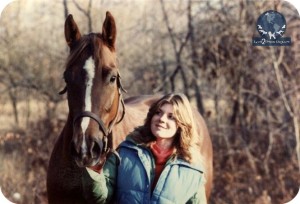
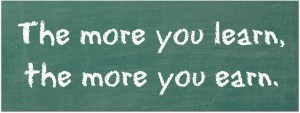
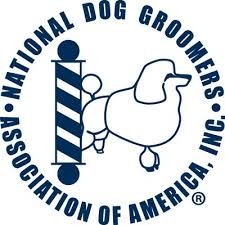

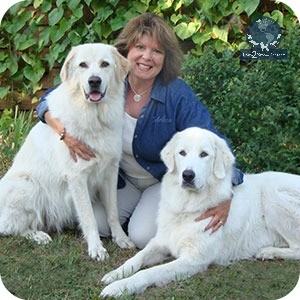


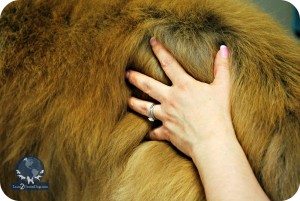





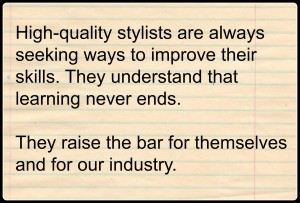

 This new video release features a great conversation with seasoned professional pet stylists, Lindsay Dicken, Marc LaFleur, and Melissa Verplank about building consistency. What makes this discussion truly interesting was their variety of grooming backgrounds. You’ll discover a few common threads kept surfacing as they talked. It did not matter if the business was a small or large salon, a mobile groomer, or a fixed location grooming salon.
This new video release features a great conversation with seasoned professional pet stylists, Lindsay Dicken, Marc LaFleur, and Melissa Verplank about building consistency. What makes this discussion truly interesting was their variety of grooming backgrounds. You’ll discover a few common threads kept surfacing as they talked. It did not matter if the business was a small or large salon, a mobile groomer, or a fixed location grooming salon.